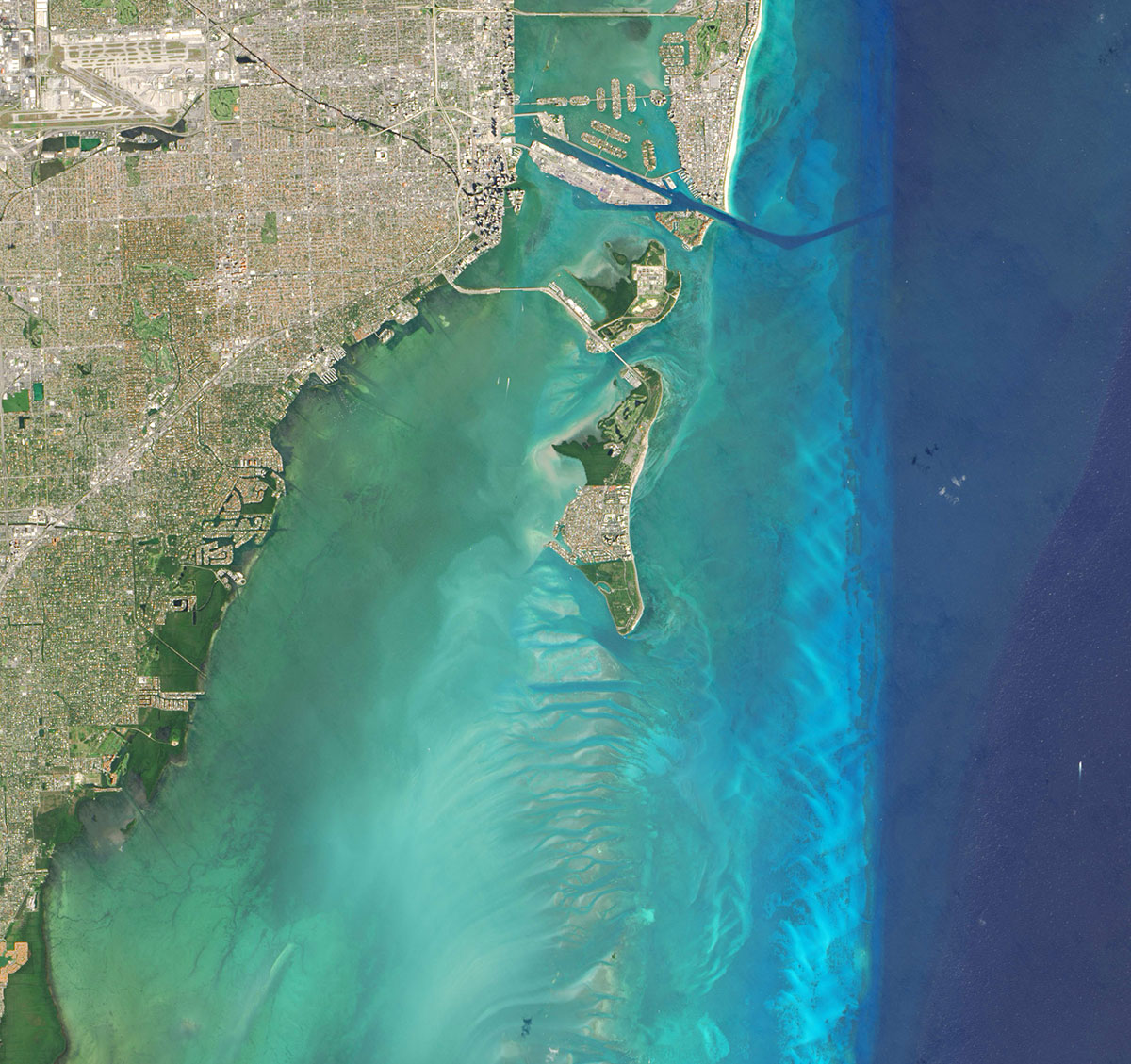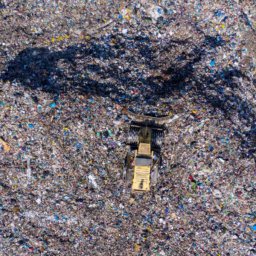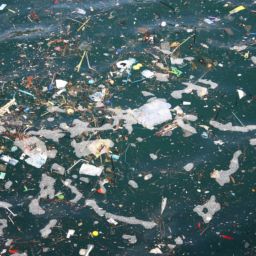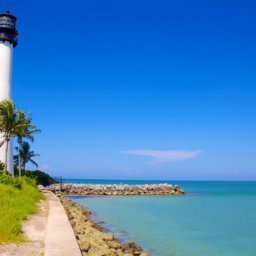
Pathogens Pose Risk at 185 of Florida beaches: Water Pollution Persists as Congress Considers Infrastructure Funding
Higher than normal bacteria levels have been plaguing Florida waters with increasing frequency in recent years.
In 2020, a study performed by Environment Florida Research and Policy Center (EFRPC) found that 185 beaches were deemed unsafe for swimming and recreational use for at least one day during the year. According to EFRPC, experts examined fecal indicator bacteria levels to assess beach safety and found that many beaches exceeded the U.S. Environmental Protection Agency’s (EPA) “Beach Action Value” — its most protective value that is associated with an illness rate of about 32 out of 1000 swimmers. One particularly egregious example was in Key West’s South Beach; it tested above safety limits 58% of the days tested in 2020.
The places where these high bacterial levels are most prominent are areas affected or influenced by polluted runoff and sewage overflows, such as near power plants and sewage waste facilities that pump out thousands of tons of wastewater effluent annually. Scientists have estimated around 57 million instances where people have gotten sick each year in the U.S. alone from harmful bacteria and pathogens in the waterways.
“There is nothing more fundamental to good health than clean water. Beaches and waterways contaminated with sewage and toxic pollutants pose a grave threat to health, especially to vulnerable populations like infants, the elderly, pregnant women and those with chronic diseases,” said Dr. Lynn Ringenberg, co-founder of Physicians for Social Responsibility Florida Chapter.
The report recommends major changes to infrastructure that controls runoff and sewage overflows, including greater investment in reducing these hazards which would, among other things, involve bringing aging treatment plants up to code and EPA standards. However, more work is still needed by safety regulators and more involvement from legislators.
To read more about the health of beaches, click here.












